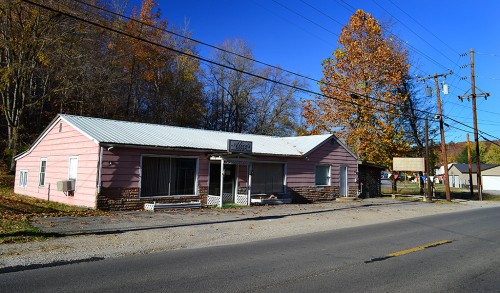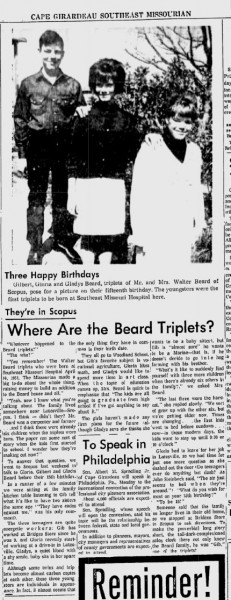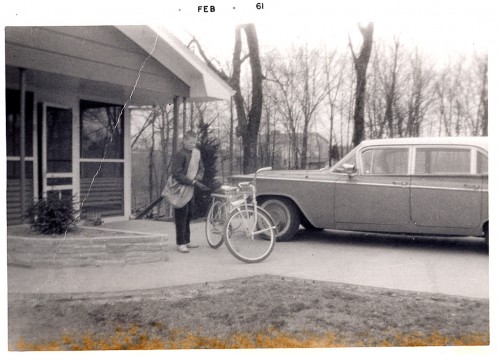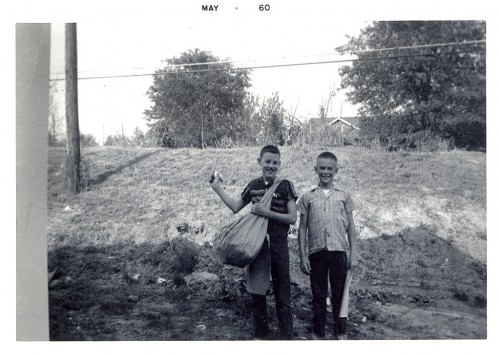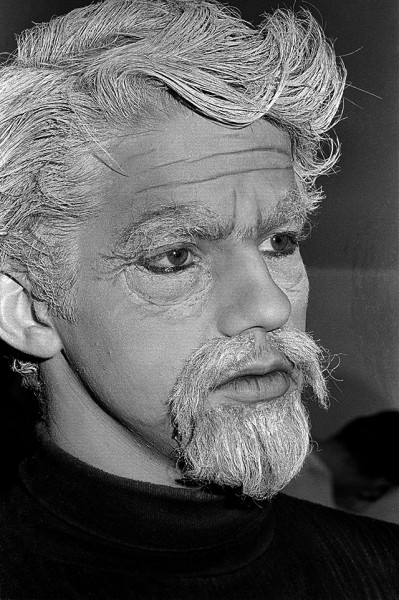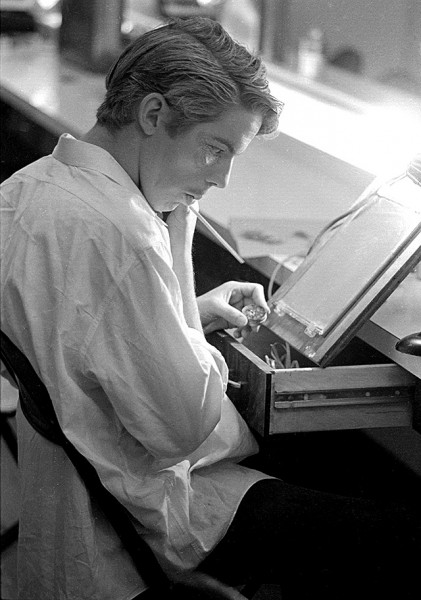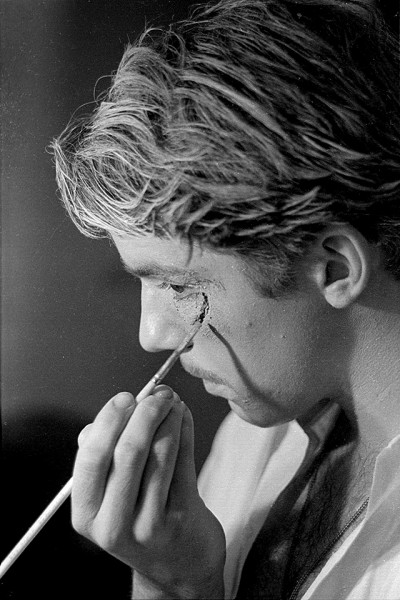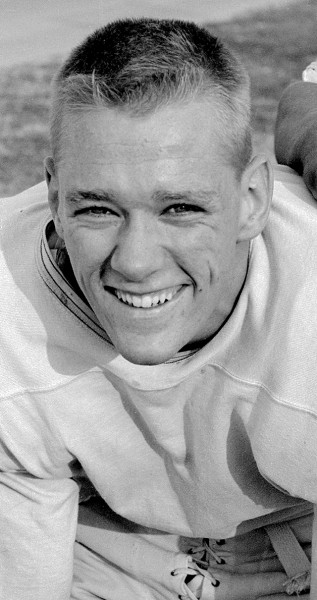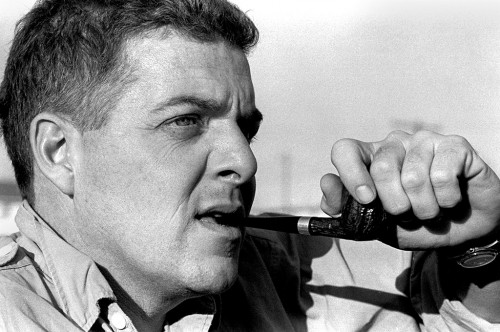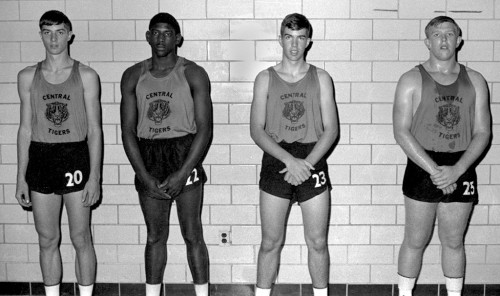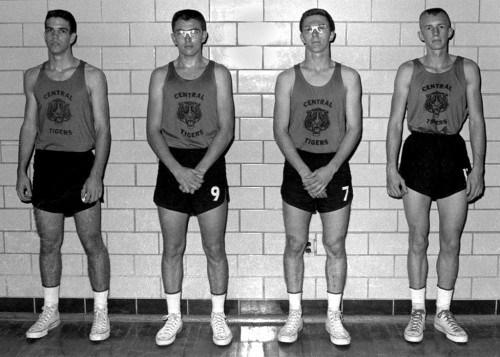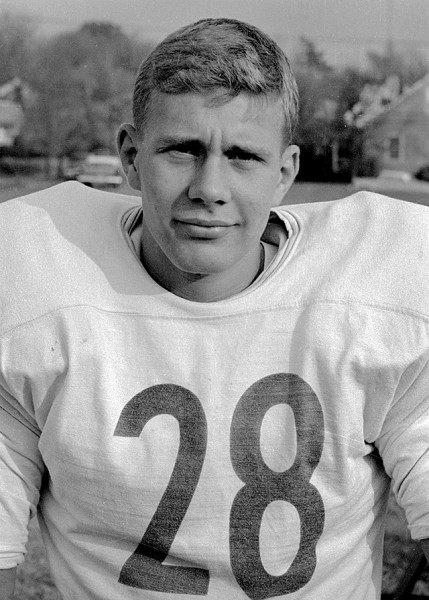It’s amazing how things in Cape are intertwined. Mother and I were driving down the de-fanged Snake Hill when I spotted a building at 1100 West Cape Rock Drive that brought back memories. It’s a nondescript building. I’ve never been in it, never took a photo of it that I know of, never so much as turned around in the parking lot. (You can click on the photos to make them larger.)
Located just west of Juden Creek
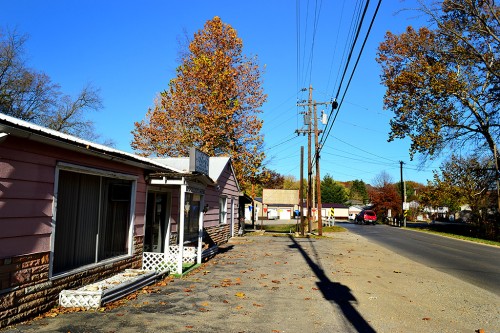 Still, I remember the building, located just before you cross the bridge eastbound over Juden Creek, as somehow always being there, a landmark of sorts. It’s pink these days, but it once was white.
Still, I remember the building, located just before you cross the bridge eastbound over Juden Creek, as somehow always being there, a landmark of sorts. It’s pink these days, but it once was white.
Alice’s Wicker Wonderland today
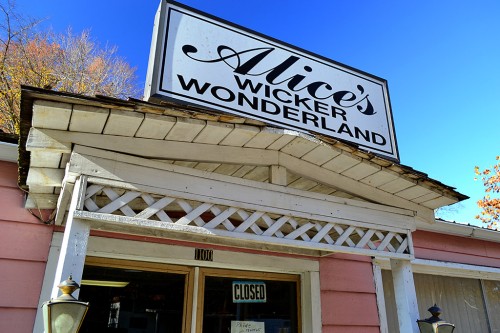 Alice’s Wicker Wonderland is there today, but it was Cape Mattress in my youth. When I did a search for it, lots of standing ads in The Missourian’s Locals and Personals columns popped up from around 1944 through 1960. They generally said something like “Buy Mattresses direct from factory and save. Cape Mattress Cape Rock Drive. Phone 1486.”
Alice’s Wicker Wonderland is there today, but it was Cape Mattress in my youth. When I did a search for it, lots of standing ads in The Missourian’s Locals and Personals columns popped up from around 1944 through 1960. They generally said something like “Buy Mattresses direct from factory and save. Cape Mattress Cape Rock Drive. Phone 1486.”
The Beard Triplets
Now we’ll get to the intertwining part.
The Missourian’s front page on April 17, 1951, trumpeted the birth of triplets to Mr. and Mrs. Walter Beard of near Scopus. [Google Archives doesn’t have a link directly to the story. Scroll to the left and you’ll find it.] The family already had six children living in their four-room house. They were the first triplets born at Southeast Hospital.
Within days, the community rallied around the family, providing them with necessities, a year’s supply of milk and an additional room for their home. A May 18, 1951, story said Cape Mattress had supplied a mattress for a bed for one of the Beard Triplets.
Follow-up at 15
On April 16, 1966, I did a follow-up story on the Triplets when they were going to turn 15. It was written in a breezy and somewhat impertinent style that Editor JBlue didn’t really like. He didn’t chew me out, but he went over the story after it ran to point out the places he thought were inappropriate in a straight newspaper story. I recall I took that approach because the kids didn’t really have a lot to say and I had to stretch it. [That issue of the paper was microfilmed sideways, so I can’t give you a direct link.]
The triplets’ mother, Audrey Beard, died Oct. 6, 2006, at the age of 94. Walter Beard died March 27, 1977. Gilbert Beard, Gladys Glover and Gloria Hoxworth – the triplets – were listed as survivors in the obituary.
So, that’s how a random drive past a vaguely remembered building can twist back to a story that sorta, kinda ties in.

